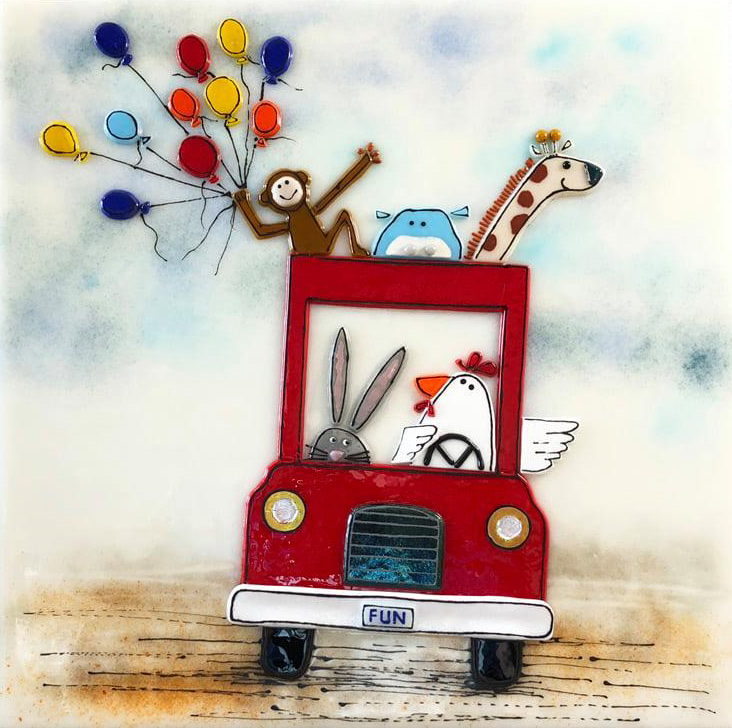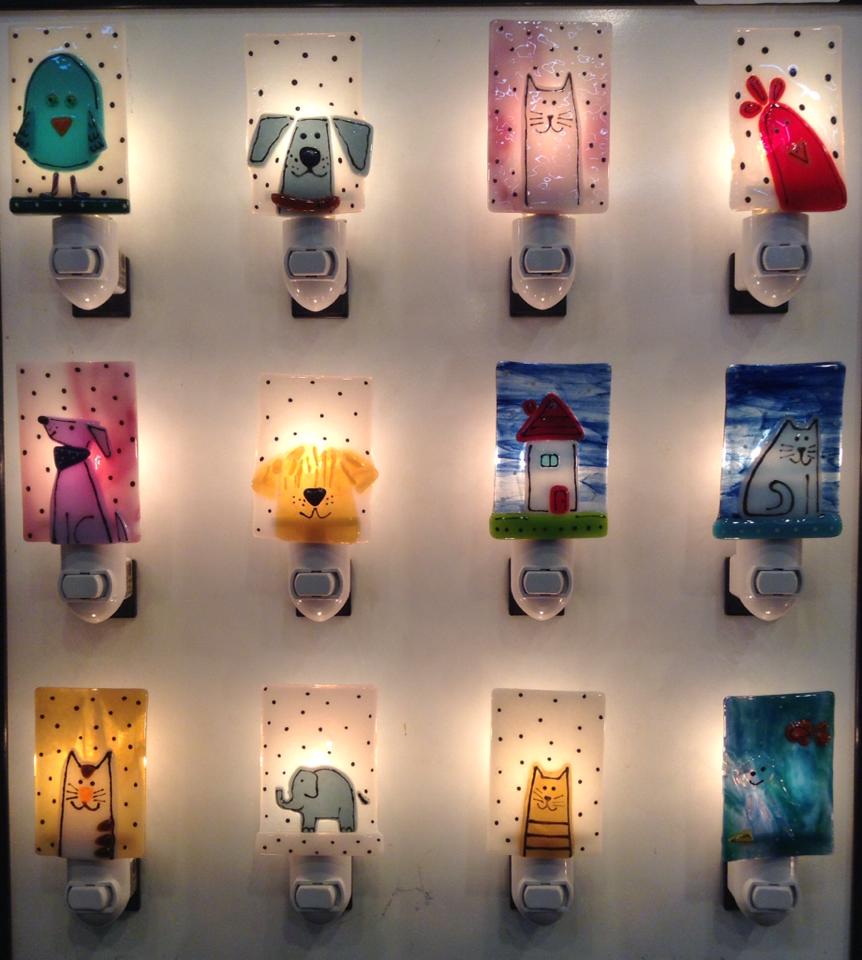By Brian Hendershot
This year's Crocker Holiday Artisan Market (CHAM) has been cancelled due to Covid-19. In recognition of the unique, financial constraints members of the creative community are facing, we're highlighting five artists we think best represent the show. You can see the entire artist directory by clicking here. This year, 100-percent of the proceeds will go to the artists. Be sure to read last year's roundup as well! Like what we're doing? Consider shopping the Museum Store or giving the gift of membership this holiday season.
I’ve never been a huge fan of ceramics, despite working at two museums with extremely robust ceramic collections. Nonetheless, I have a healthy appreciation for the craft. The slightest change in heat, materials, or even elevation can result in a singular work of art or a misshapen explosion of clay. Even a master ceramist cannot change the laws of thermodynamics! Every potter has their own share of happy little accidents, regardless of their skill level.
The same is true of fused glass, Judy Butler’s medium of choice. Glass expands when it’s hot and contracts when it cools. In order to avoid any mishaps, each sheet of glass must have the same coefficient — in Butler’s case, a coefficient of 90. If not? “The molecules will fight with each other. When they start to cool down, they are still going to fight, no matter what. It’s like the Hatfields and McCoys and you will end up with broken glass.”

Butler spent most of her life teaching art, first at the elementary level and later, high school. She fell in love with glass while teaching at Casa Roble High School in Orangevale. “They had a ceramics teacher, drawing, and painting teacher. I was in charge of teaching 'other', which was basically anything they didn’t want to teach.” For Butler, that meant anything from mosaics to pastels and “lots of dumpster diving”. Eventually, she secured enough grant money to teach a course on fused glass. “I was just hooked. It fits with my imagery so well; I could not go back to any of my other mediums after that.”
It’s been several years since Butler was in the classroom. Like many educators, she “loved it until I decided I was done and then I could not get out of there fast enough.” Regardless, the experience left an indelible impact on her art. “There's a lot of serendipity that occurs in the classroom on a moment-to-moment basis, which I really enjoyed; that spontaneity carries over into my glass.” Sometimes, her lesson plans would sneak into her work. “I’d be working and I’d go, ‘oh, I’m having my Van Gogh day’. It would just kinda sneak into my product.”
Said serendipity is something I can attest to both as a former (deluded) class clown and the son of a teacher. Dealing with the unexpected comes with the territory. It’s an ability that’s key to how Butler works, as well as the end product itself. Although she usually starts with a plan in place — even if it’s just “doodles on a little piece of paper” — things happen . "As I go along, there’s always a lot of revision based on happenstance and how colors work together and things like that.” Butler isn’t a straight cutter either. “You get this weird shape when you don’t do a perfect straight cut. A lot of time, I can see imagery in those goofy shapes. So, they end up lending themselves to being an animal or some whimsical imagery as part of a scene.”

Even though she feel in love with glass, it wasn’t her first love. “I always liked the bold lines and bright colors of illustration. But watercolors and acrylics just don’t afford you that. And that’s just something that’s inherent in glass.” Fortunately, she recently found a way to combine both interests, by painting on the glass itself. However, it’s “not ready for prime time”, in part because of the increased “potential element of disaster” painting on glass brings. Each layer must be fired in the kiln for it to become permanent.
When Butler and I talked, the US election was only a few weeks away. Laughably, it seemed like things couldn’t get worse. So I asked her, what role does her art, her “goofy critters” play in times of great societal unease? “It’s been a refuge. It gave me a place to go and I felt like if I could make some of my funny animals, the world is all going to be okay, because I got these cute little guys and they’re looking at me. My biggest sellers are my night lights. I’ll into my studio and I’ll turn my night lights on and go, ‘Okay folks, we’re going to be fine.’”
Click here to see more of Judy Butler's work or to order one for yourself. Be sure to check out her Facebook page, which she "updates more often". There, you can find some of her more serious works, which rarely make it into the gallery. You can also find her work at Persimmon Art Gallery.
Top Image: Tree of Life polyptych, (1 of 3). All images courtesy of Judy Butler Art.
About the author: Brian Hendershot serves as the Crocker's primary support editor, writer, and occasional audiovisual editor. Before joining the Crocker, he was the Head of Communications at the Museum of the Red River in Oklahoma. He also sat on the McCurtain County Historical Board of Directors and the Crocker's MASS Action Committee. He received his MA in Communications at Drury University in Missouri.


